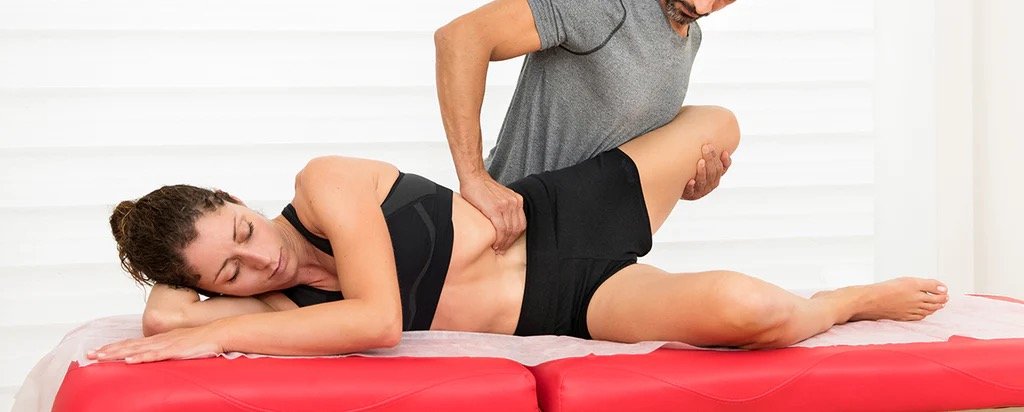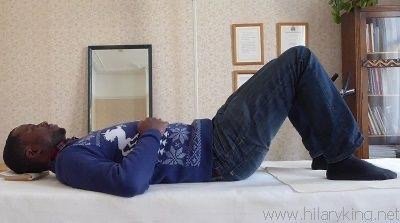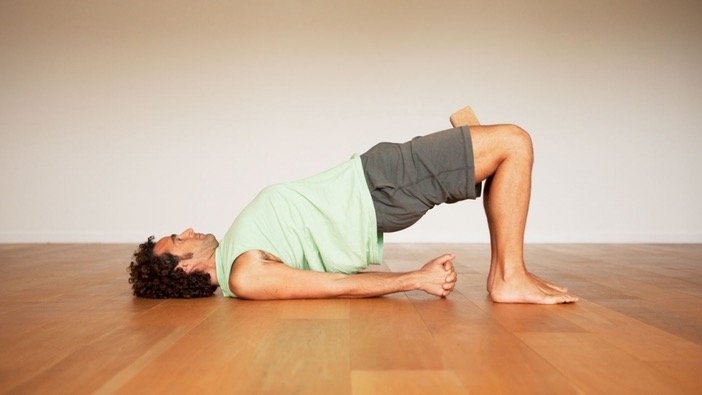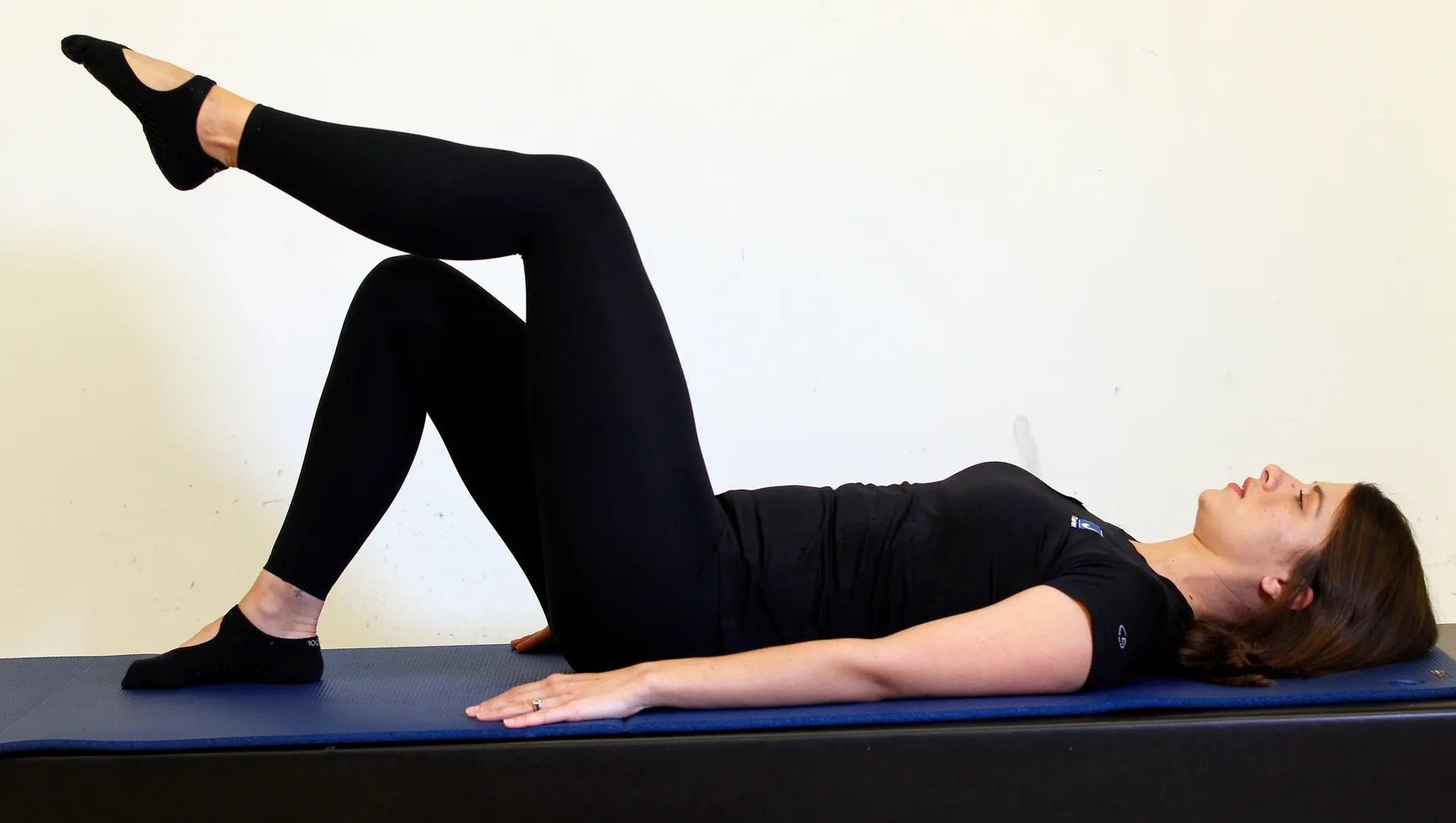In Focus-The Psoas, Part 2: Strengthen and Release
The psoas is one of the deepest core muscles in the body, it also acts as a bridge between the upper and lower body. This unique position makes it essential for coordinated, powerful, and graceful movement. In our first blog, of this three blog series, we explored the anatomy, and foundational importance of the psoas muscle. Today, our second blog will uncover why the psoas matters for range of motion and movement quality. I’ll also list and describe five exercises to strengthen and release the psoas. Strengthening and releasing the psoas is essential for improving both the efficiency and quality of movement. When functioning well, it provides core stability and postural support, forming a strong foundation that helps prevent overuse of surrounding muscles like the lower back or hamstrings. A balanced psoas also enables efficient hip flexion, making everyday actions like walking, climbing stairs, or running smoother and more fluid.
5 Exercises to Strengthen and Release
1. Constructive Rest Pose (Release & Relaxation)
How to do it: Lie on your back with your knees bent, feet flat on the floor, and hip-width apart. Place a small pillow or rolled towel under your head. Let your lower back relax naturally.
Why it works: This passive pose allows the psoas to let go of habitual tension without forcing a stretch.
2. Low Lunge (Gentle Stretch & Opening)
How to do it: From a kneeling position, step one foot forward so the front knee is directly above the ankle. Sink your hips forward while keeping your torso tall. You can rest your hands on your front knee or reach them overhead.
Why it works: Stretches the hip flexors (including the psoas) and encourages an open, lifted posture that counters sitting.
3. Bridge Pose (Strengthening with Awareness)
How to do it: Lie on your back with knees bent and feet hip-width apart. Press into your heels and lift your hips while engaging your glutes and core. Hold for 10–30 seconds.
Why it works: This strengthens the posterior chain while lengthening the front body and activating the psoas in a stabilizing role.
4. Psoas Release with a Ball (Targeted Tension Release)
How to do it: Lie face down and place a soft massage or therapy ball just inside your front hip bone. Breathe deeply and allow the ball to sink into the tissues. Stay here for 1–2 minutes on each side.
Why it works: Direct pressure on the iliopsoas can help release deeply held tension and improve somatic awareness.
5. Leg Lifts—Supine or Standing (Functional Strengthening)
How to do it: Lying on your back or standing with support, slowly lift one leg with a straight leg, or bent knee (whichever is more available in your body), toward your chest. Then lower it with control. Avoid overarching the lower back.
Why it works: Actively strengthens the psoas as a hip flexor, building resilience and control through range of motion.
Because of its central location, the psoas plays a key role in movement coordination—when it's tight or weak, movements can become stiff, jerky, or misaligned. Additionally, by evenly distributing loads through the spine and pelvis, a healthy psoas helps prevent injuries such as low back pain or hip strain. Releasing tension in the psoas can also enhance breath capacity, since it directly impacts the diaphragm, leading to better rhythm and flow in movement. In short, a strong yet supple psoas supports more graceful, powerful, and sustainable movement across all aspects of physical activity.
Your psoas is more than just a muscle—it’s a messenger. When it’s tight, weak, or overworked, it speaks in the language of discomfort, stress, and fatigue. In the third and final part of our psoas series, we will look at it’s effects on our mental and emotional health.






